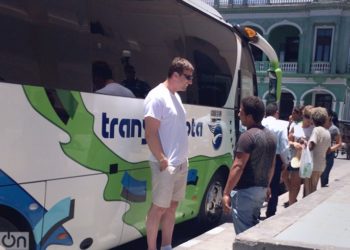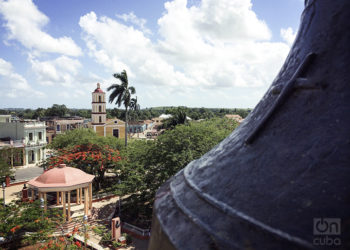The Informal Markets of Cuban Tourism
When, at the beginning of the 1990s, the US dollar was de-penalized and the Cuban government found its salvation in tourism, few could have imagined that a whole series of informal markets would develop around the inflow of foreign visitors. The most notable impact of this phenomenon can be seen in Havana, Varadero and Matanzas, though all Cuban provinces – to a greater or lesser extent – have a tourist infrastructure that brings in revenues for the country and for private service providers. No few people have learned to “adapt” to this reality and make some money from visitors, offering transportation, a carwash, fruits, vegetables and other edibles, antiques, entertainment and many other services. Santa Clara, for instance, is not the tourist destination par excellence. Here, privately operated hostels and restaurants take the lead in a context where State options are few and far between, generating sources of parallel employment as a result of their own, inherent limitations. Emilia has been running a hostel in the downtown area for 3 years and depends on a minimum of four other people, those who buy the food and supplies for her business and satisfy the “whims” of the guests. From what she...





